Jia Tianlian tending his tiny plot of land in Dazhai, a village in northern China that Mao Zedong once hailed as a model for the nation. In the background are residential buildings from the peoples commune of that era.Credit...Supported bySKIP ADVERTISEMENTListen to this article 9:00 min Learn moreShare full article22By Andrew HigginsPhotographs by Gilles SabriéReporting from Dazhai, ChinaNov.
18, 2025Updated 2:55 a.m. ETPromising a socialist utopia built with the toil of ordinary farmers, Mao Zedong singled out the remote mountain village of Dazhai as proof that faith in the Communist Party and hard work could conquer the harshest terrain.The villagers, wielding pick axes, hoes and their bare hands more than half a century ago, were said to have carved terraces out of stony hillsides, hauling soil to turn barren slopes into miraculously bountiful fields of corn.More than 10 million Chinese visited the tiny village in Shanxi Province in northern China, obeying Maos order to learn from Dazhai and soak up its history of hardship and anticapitalist fervor.
Most came during Chinas disastrous 1966-76 Cultural Revolution, during which Dazhais semiliterate party boss, Chen Yonggui, was elevated to the Politburo in Beijing.Today, the farmers of Dazhai have mostly vanished. Many of their terraces have crumbled, while machines and corporate farming have replaced their labor on those that remain.Villagers now mainly work to serve the one thing that hasnt changed: Dazhais role as a place of pilgrimage and symbol of what the Communist Party would like China to be, though what exactly that is keeps changing.ImageA diorama in a Dazhai exhibition hall depicts Chen Yonggui, second from right.
Chen, who was Dazhais local Communist Party chief, is a central figure in the official myth surrounding the village.ImagePropaganda posters and a bust of Mao at Dazhai Red Museum, a semiprivate, moneymaking venture stacked with artifacts from the villages Maoist heyday. Visitors today are mostly older people with fond memories of their youth in the 60s and 70s, but they also include younger Chinese bused in on party-organized tours.
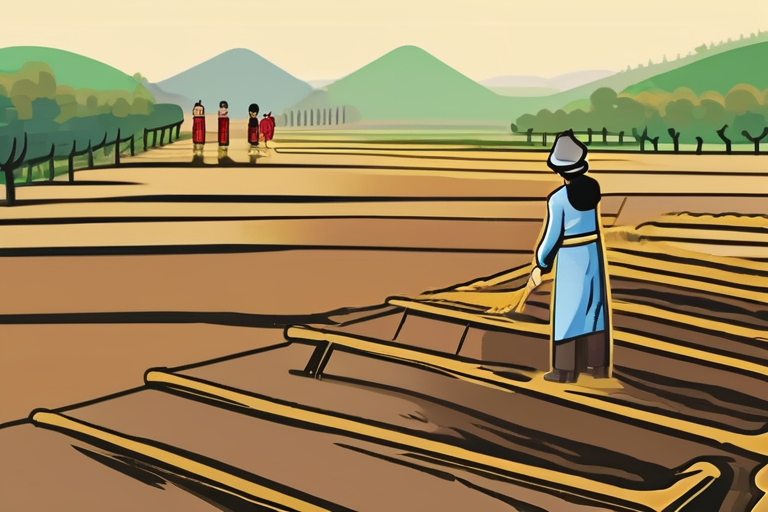



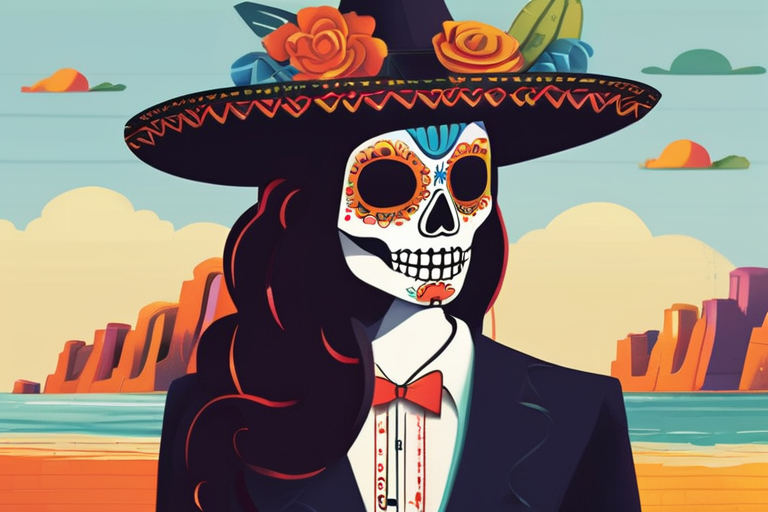

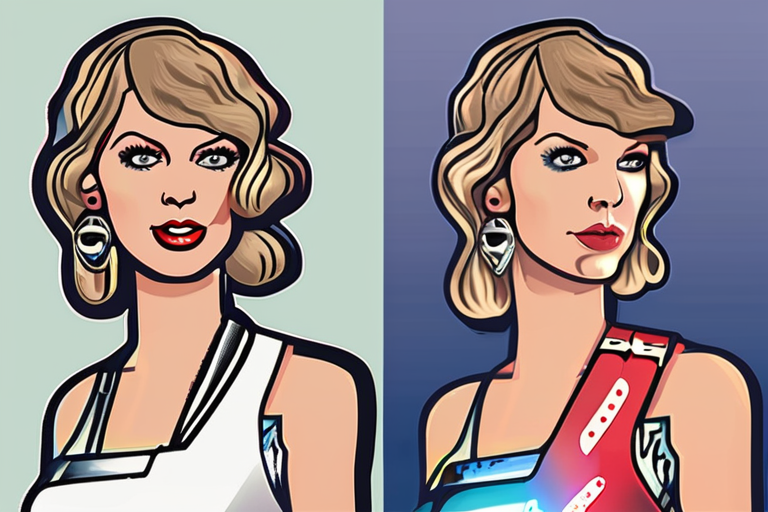
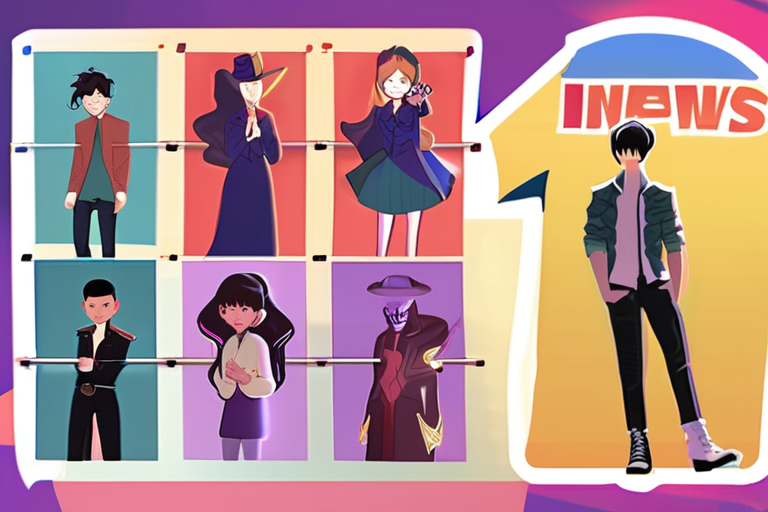
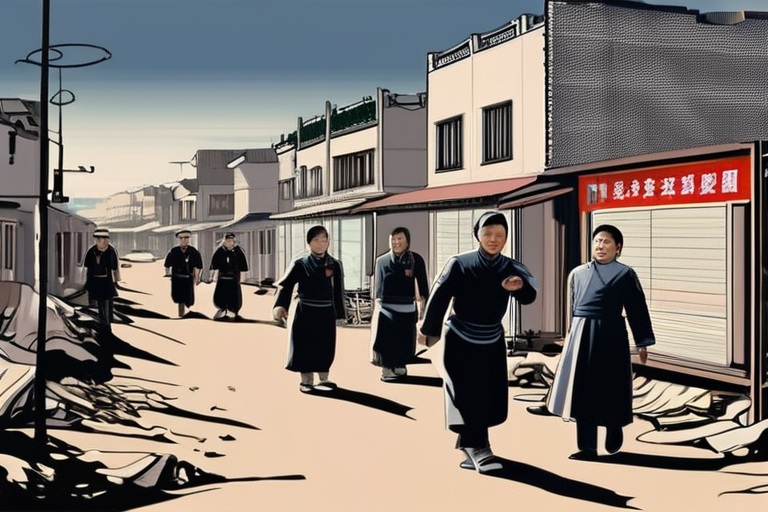





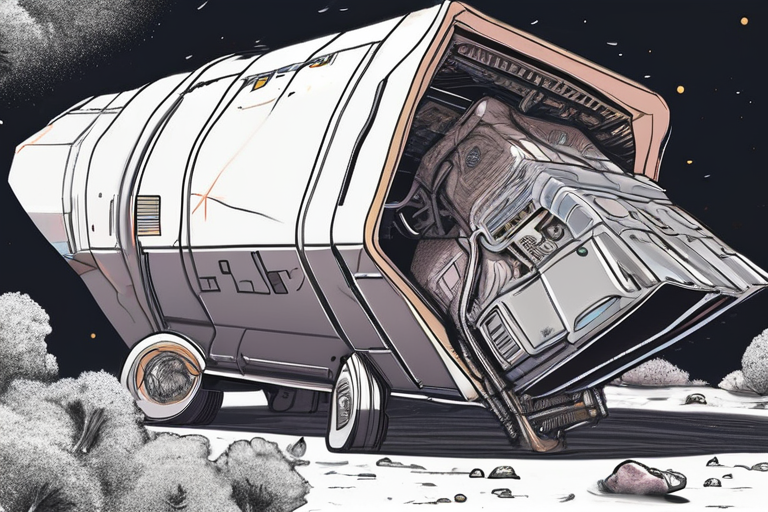

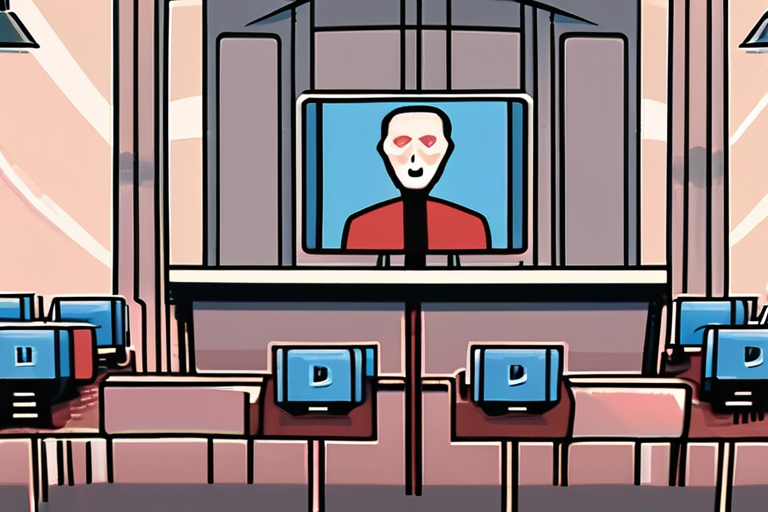



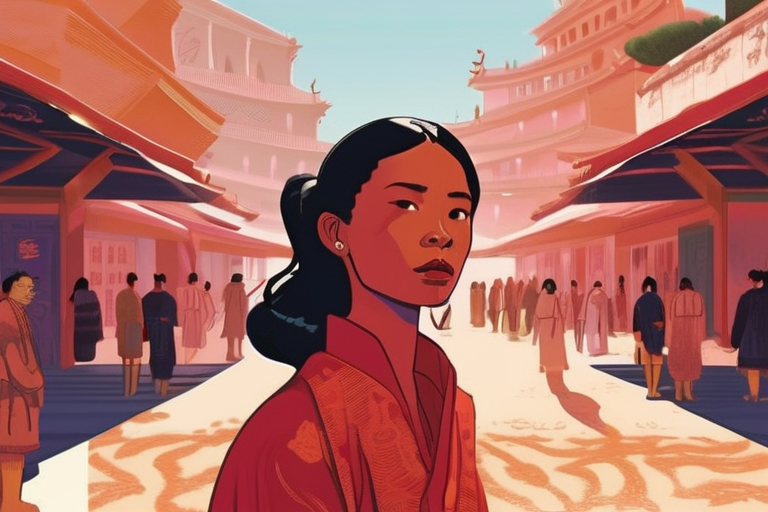


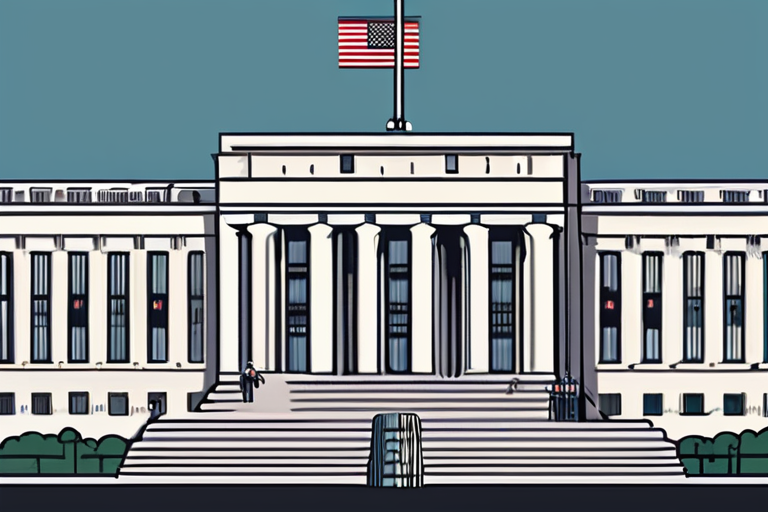


Share & Engage Share
Share this article